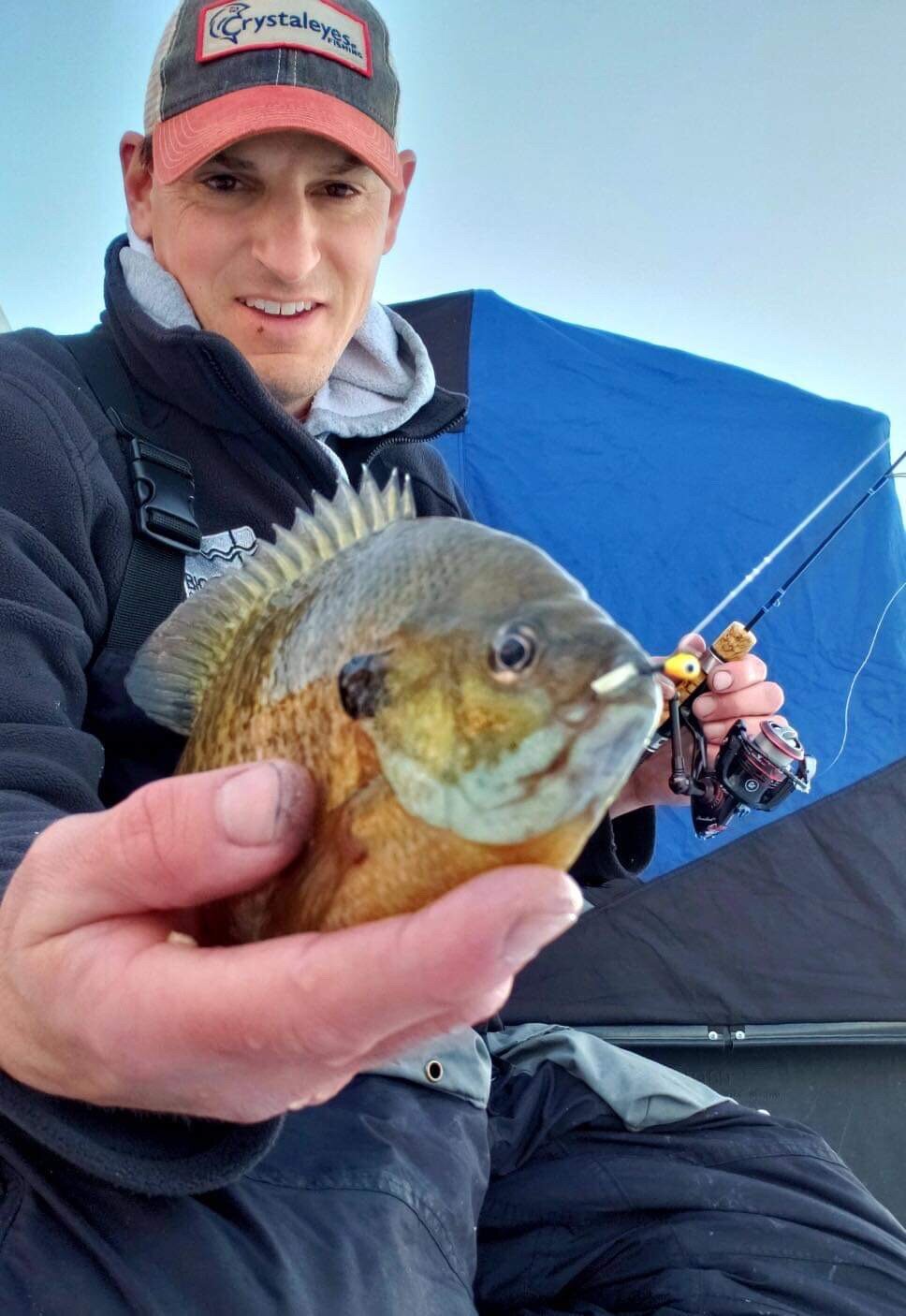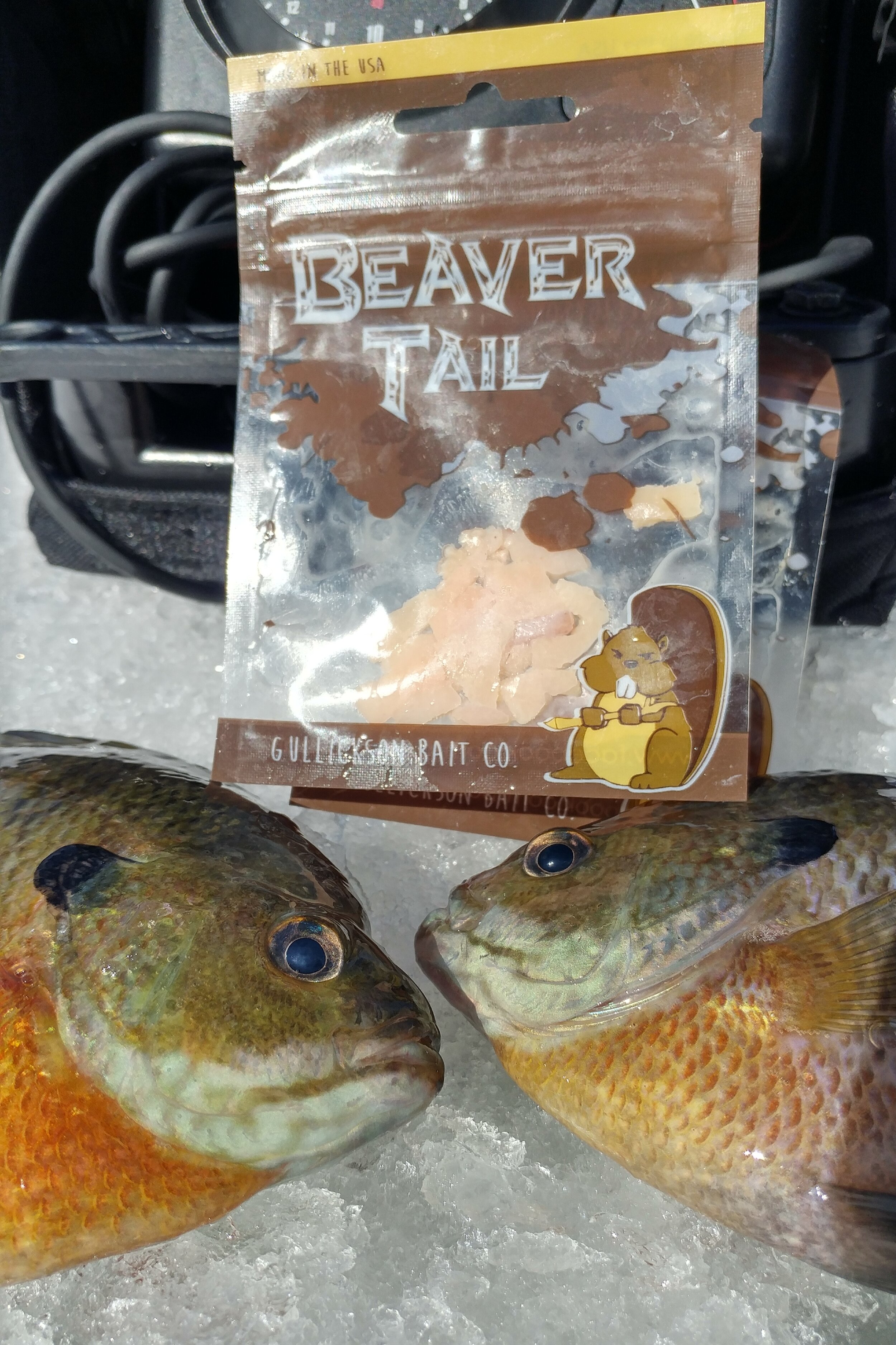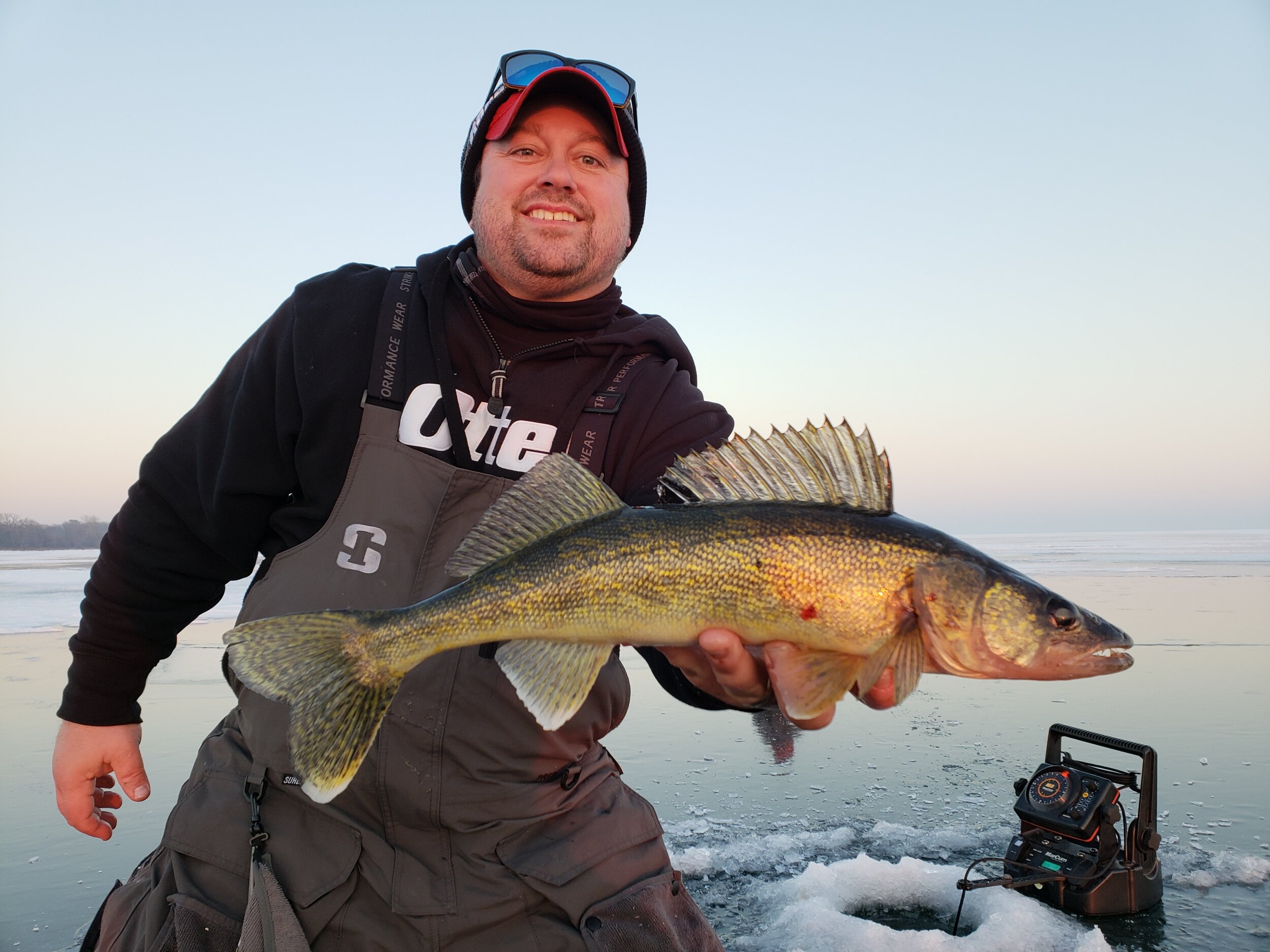Online organized tourneys like Shack Slam have plenty of advantages over traditional formats. Click here for more information - https://catchcover.com/shackslam/
Whether you’ve ever fished an actual tournament, or have casually followed the many series of events that happen nationwide, chances are your own fishing has been dramatically impacted. Traditionally, fishing tournaments have been a way for the best and boldest anglers to showcase their talents, all while under pressure posed by everything from fellow anglers to ma nature. The result has been an incredible string of product innovation that follows in its wake, born from incentive and driven need to outcompete. Of course, fishing tournaments can be smaller club or less serious affairs, providing anglers another excuse to hit the water and get better. They exist for almost all species in a variety of formats, from kayak-only, to catch and weigh, all the way to ice events that dot the hardwater landscape.
With the act of catching a fish being so…well…hands-on, it’s tough to imagine bass-slinging or walleye-netting that’s online. Yet, web or app format tournaments are gaining popularity for their simplicity, among other things, mostly in the way that they organize tournament proceedings and bring people together. Darren Amundson, founder of FishDonkey – an app-based automated tournament software – discussed with me some of the reasons for this surge in online tournament growth.
An online tournament works like this says Amundson, “A tournament organizer works within an app to roster anglers, manage entry fees (if any), and determine tournament logistics. From there, anglers connect via a smartphone, and manually photo and video each catch to verify length. Catch statistics are entered on the water, and managed within the software to give all anglers a sorted, running tally of real-time results. If there’s no cell connectivity, catch information is collected and stored in-app to be sorted later.” The process sounds simple, but there are other benefits to running a tech-based tourney.
Amundson started their app in response to some negative bass tournament press they learned about in Austin, TX. “The equivalent of Texas’ DNR did some studies on catch and immediate release vs. catch and weigh bass tournaments to find nearly zero mortality in those quick release versions. The same wasn’t true for fish that were put in a livewell, driven around the lake, weighed both in the boat and off, then released later.” From experience, there are plenty of species in warm water like walleyes, that simply aren’t able to be released after a traditional weigh-in.
Amundson continues, “While there are other catch, measure, and release formats, an online tournament can take place on a number of water-bodies, over any length of time the organizer chooses.” Spreading the pressure then over time and space then, definitely impacts individual resources to a lesser degree, which is something that tournament critics have long been concerned with.
Online tournaments also give anyone the opportunity to organize and carry out a fishing competition, provided local and state guidelines are still followed. “That usually involves that spreading out of opportunity, holding a tournament over a broad area over a longer length of time,” says Amundson. A group of buddies can hold their own event and use software to sort and compare catch real-time. “We track weather, news, stock prices, and everything else via our smart-phones,” mentions Amundson, “it only makes sense to use the technology to allow competition in a smarter, more responsible way.”
However, tournament cheating is a problem as old as the sport, and web-based tournaments are not immune to deceit. For that reason, most online based tourneys require in-app photos and video. “If they alter the photo, or measure the same fish twice, the tournament organizer is notified immediately. No outside images or video is allowed to interface,” says Amundson.
For organizers and anglers who spend large amounts of time and money on day-of logistics, online tournaments are a way to fish competitively with less costs. There are even ad-supported means of funding prizes, and fishing companies may grow to value the content derived from it. “At the end of the day, partner companies get photos of real people enjoying their time on the water, which may be of interest in fueling social media content for brands that participate,” mentions Amundson.
It’s a whole new world out there, and each year sees new events, series, and formats run the rollercoaster of tournament popularity. To me, real-time tracking and organizing, along with the ability to compete with anglers across the country over less-restrictive times and areas sounds interesting. Whether it will replace traditional formats remains to be seen, as huge bass fishing events are more popular, yet volatile, than ever. Still, as the tech improves, I see this being a way for anyone to hold a tournament or compete in one, all while giving anglers the choice to harvest or release within the bounds of existing fish and game regulations. Surely, that flexibility will garner more attention from more interested anglers.








